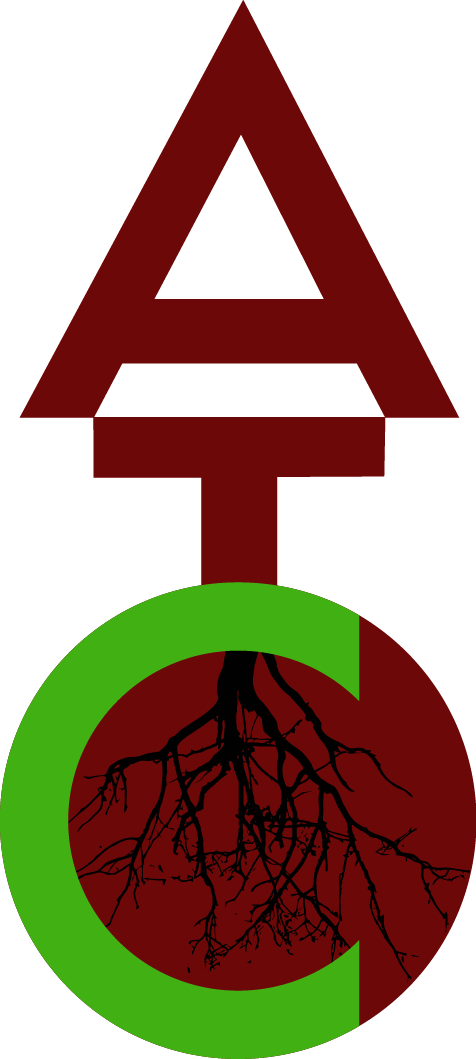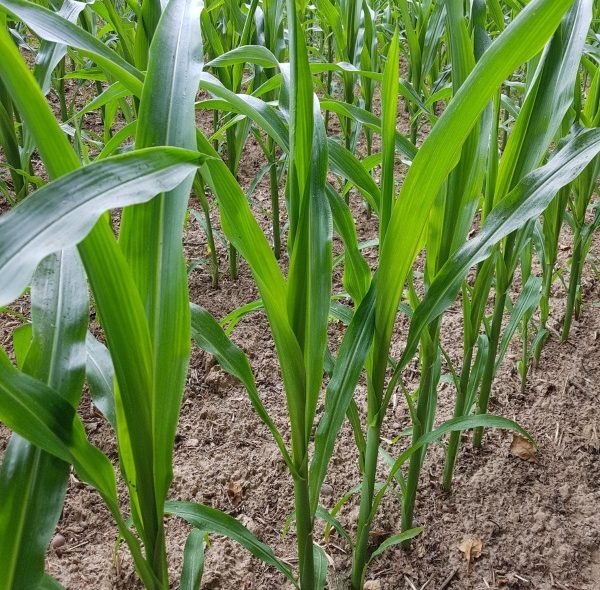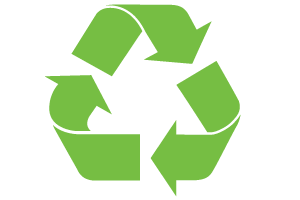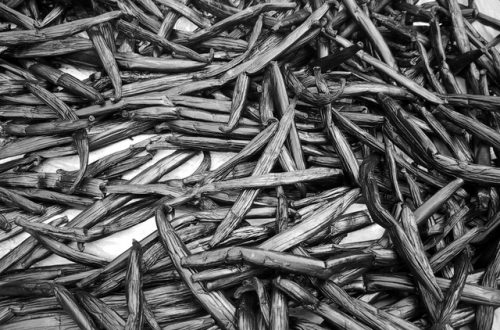Today, we barely know about the presence and abundance of pests and diseases agriculture. Farmers and contractors have insufficient time to check their crops in detail. Advisors usually only visit farmers when there are severe problems. Probably advisors who sell crop protectants have most knowledge on the status of diseases and pests, but they have an interest in selling products.
In some cases there exist warning systems, such as for potato late blight (Phytophthora infestans). Decades ago, the government paid for annual inventories, such as those done for cereal diseases by Richard Daamen and colleagues in the eighties of the previous century. And in the same period we had extensive information on occurrence of diseases and pests in the Netherlands which was necessary for preparing the Ministry-initiated Multi-year plan for crop protection. This inventory has been for many years the basis for prioritizing research topics.
How useful would it be if we would have information on annual developments of diseases and pests in farming? Farmers and their advisors would know much better what the current risks are so that they can take preventive actions. This sounds nice, but who is going to set this up and pay for it? And in addition, farmers don’t like to display their problems openly.
But the infrastructure for setting up inventory platforms do exist already, i.e. for the Netherlands waarneming.nl (https://www.waarneming.nl) en telmee (https://www.telmee.nl). These are platforms in which amateurs and professionals put their findings of all kinds or organisms. However, the recognition of many plant diseases and pests can be difficult. Thus, a subset of specialized observers should be defined. Exact locations can be blurred so that a certain finding cannot be detailed to a certain farm as is current practice already for very rare organisms such many orchid species.




